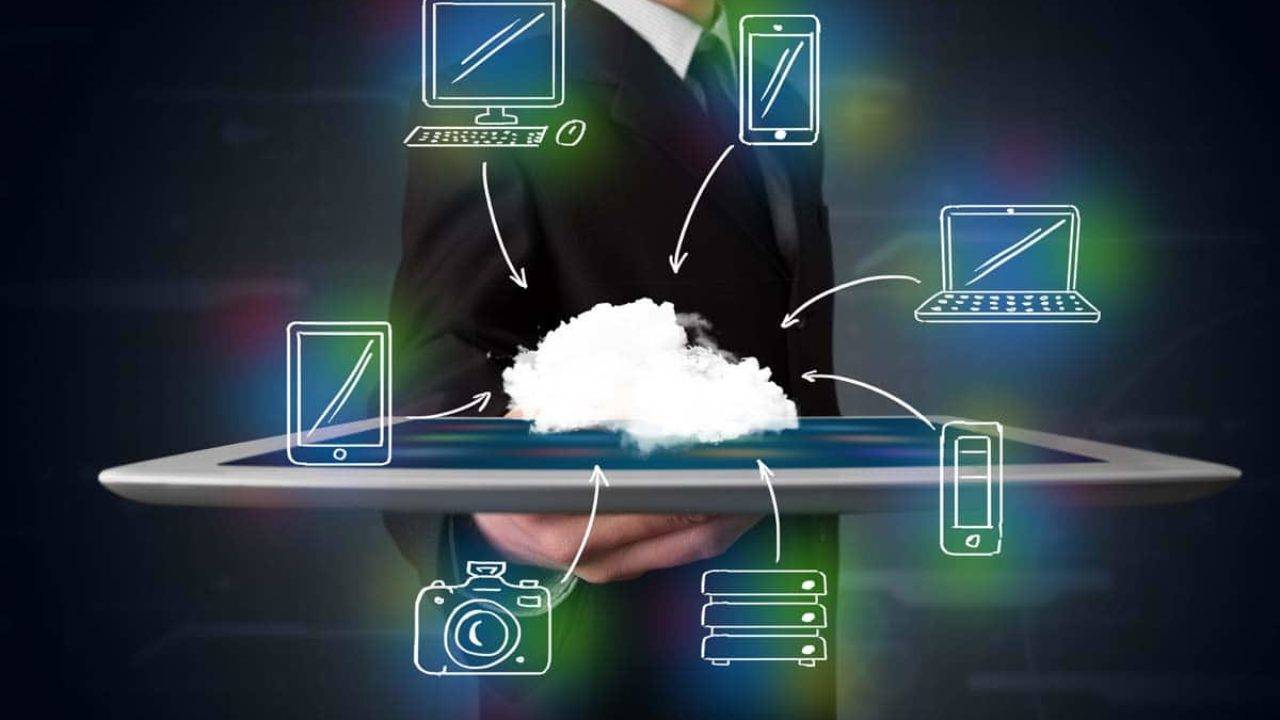IoT is taking over the world, and statistics suggest that there would be approx. 75 billion IoT devices active by 2025. Edge Computing Vs. Fog Computing With smart assistants and store beacons now becoming commonplace, brands are actively seeking new touchpoints to enhance customer experience and establish new sources of data collection.
With this influx of huge amounts of data collected from the plethora of devices out there, the question arises regarding the processing of these huge swathes of data.
Edge computing and Fog computing have emerged as the two major solutions. But what exactly are the differences between these computing technologies? Let’s find out!
Difference Between Edge Computing And Fog Computing
In terms of functionality, both edge computing and fog computing are inherently the same. Both serve the purpose of pushing the data and intelligence derived from the consumers to analytics platforms. The platforms might be located in extreme proximity to the data source, including speakers, screens, sensors, etc.
If we talk about the purpose and deployment of edge computing and fog computing, both are more or less the same. The platforms leverage a computer’s capability on a local network and carry out tasks that would usually be done on the cloud.
These platforms can assist organizations in curtailing their dependence on cloud-based data computation solutions, and solve the latency issues that an organization might be witnessing. Moreover, analytics solutions based on Edge or Fog computing may help in making effective data-backed decisions briskly.
Now, if we talk about the major difference between these computing services, on edge computing, data processing happens on processors that may be attached to the devices itself or present in extremely close proximity to the data capturing apparatus.
Fog computing relies on computing hardware that may not be located in the immediate proximity, and the data may need to travel through a local area network (LAN). The hardware is more distant than Edge computing, which is the primary difference between the two computing solutions.
Hence, to sum it up, the difference between the two solutions comes down to the node where the data computation happens. In Fog computing, the data is analyzed over the hardware located on a LAN. In Edge computing, the computation happens on the sensor or device itself, without transferring the data anywhere.
Another possible solution for brands would be to opt for cloud computing services provided by a cloud computing service provider. These internet-based solutions facilitate data processing on remote servers and can handle massive loads of data at a single go. Cloud computing services are entirely internet backed and highly suited for batch data processing.
However, it is crucial to choose a reliable cloud computing service provider that promises 99%+ uptime and high storage space on servers to ensure a high level of operational reliability.
Pros And Cons Of Edge Computing
Pros
One of the primary advantages of edge computing is zero transfer of data, leading to enhanced security. All the data stays on the device and is processed on the device itself.
This helps in maintaining a high-level of data discretion as well as keeping the costs low. Analytics from the edge computing network are provided almost real-time and guarantees an optimal level of performance and time-efficiency.
Cons
Companies may find it tedious to strike the perfect balance of data being held at the edge and uploading it on the cloud whenever required. Although all the data is processed on the local devices, there may be instances when the data is required to be uploaded on the cloud.
Some data sets may require sophisticated algorithms, and their processing may be better suited on the cloud mainframe while smaller data sets are well-suited for local processing. Companies may find it difficult to strike a balance between what data sets need to be analyzed locally and which ones must be uploaded on the cloud.
Pros And Cons Of Fog Computing
Pros
Fog computing has the edge over Edge computing in the amount of data that it can handle. As Fog enables companies to source data from multiple nodes, it has a bigger processing capability to handle huge amounts of data as compared to Edge computing solutions.
Fog can handle large data chunks and enhance upon the Edge’s capability to manage requests in real-time. It is highly suitable when millions of devices are connected to the network and are actively sharing data in and out.
Cons
Although Fog is more capable of connecting to a huge number of devices and relatively processes more data, certain disadvantages are entailed by its implementation.
Implementing Fog is relatively expensive as the infrastructure requirements are high when compared to Edge computing solutions. Since millions of devices are connected to the network, increased emphasis must be given to ensure the data reliability over a huge network, that may prove to be difficult for companies.
Wrapping Up
Both computing solutions have their advantages and disadvantages. Before settling on a computing solution, you must analyze the requirements of business and briefly study the advantages and disadvantages entailed by both the solutions.
